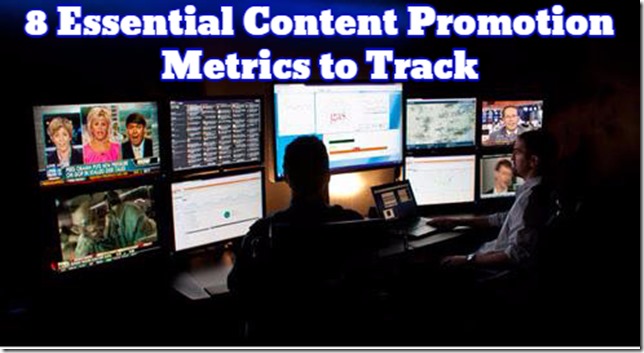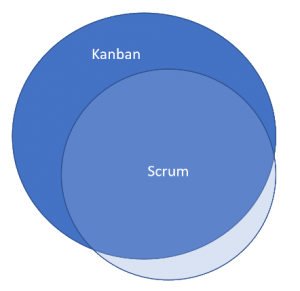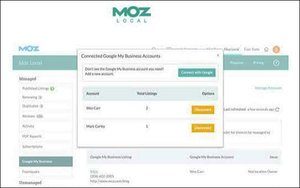
You often hear a lot about content marketing ROI, and how difficult it can be to prove. Many companies struggle with determining how effective their content efforts are. While it can be difficult to prove ROI for all of your content marketing tactics, it becomes less of a daunting task if you break it down granularly. A good place to start is your social media content promotion.
There’s no shortage of content promotion metrics to track. You have anything from number of impressions, to average CPA and beyond. To measure your content promotion success, it is important that you keep the following things in mind:
- Focus on metrics that are straightforward to track
- Track metrics that closely align to your business and marketing goals
- Focus on areas that indicate the effectiveness of your campaign
- Choose to measure things that are actionable
While the exact content metrics tracked will differ based on your business objectives, the goals of your campaign, and a variety of other factors, here are a list of the 8 essential metrics you must track regarding your content promotion efforts.
1. Impressions
Impressions simply describe how many times the content was shown to a user. It is a standard metric to focus on because it shows if your content is getting the kind of exposure that can elicit results. It is also useful for future planning and setting benchmarks for metrics to follow it.
If the impressions are low, you’ll need to figure out why it’s not getting the exposure you expected relative to the audience size. Is it because of a weak headline or poor image choice? Was it posted at the wrong time? Or perhaps it was poorly optimized for a specific platform?
Each social media platform has their own ways for tracking impressions. On each of your profiles, access the analytics function in order to find these metrics.
2. Engagement Rate
The engagement rate is the percentage of users who saw the content and then commented on it, shared it, retweeted, liked or otherwise engaged with it.
This metric speaks volumes to the quality of content you’re sharing or promoting. If you are seeing low engagement, it could be due to low impressions (not enough of the right people seeing it), but it also could be a result of uninteresting content. If you’re getting a good number of impressions, but little engagement, there is most likely something wrong with your message, headline, image, or even the timeliness of the post.
In order to make your post more engaging, be sure to follow the best practices for each platform. To learn more, read our blogs about best practices for Facebook, LinkedIn, Pinterest, Twitter, YouTube, and Google+.
3. Clicks
Clicks are the total sum of people who have actually clicked on your link or ad. There are many uses for tracking clicks as part of your content promotion performance. In addition to seeing how many people actually clicked, it is also used as a base for measuring conversion ratio. Like the rate of engagement, clicks are also a good indication of whether or not your posts and updates are promoting the users to explore shared content further.
4. CTR
The CTR, or click-through rate, is the percentage of people who were exposed to your content that clicked through. CTR is simply a ratio of clicks/impressions. If you were to track clicks only, there is no clear picture of how your content is performing relative to the number of impressions that content is getting. With CTR, you can determine the difference between, for example, 50 clicks per 100 impressions vs. 50 clicks per 10,000 impressions. The CTR is thus important because it measures relative performance, and can indicate issues with your content, message, targeting or more. This information can help you improve your content promotion effectiveness.
There’s no standard CTR to aim for. It will vary based on your industry, the platforms you are using, and your audience, among other variables. You will need to define a successful CTR for your business based on your budget, previous campaign performance, and your business goals. Obviously, the higher the CTR the better, so be sure to keep an eye on this ratio.
5. CPC
The CPC, or cost-per-click, is a very important content marketing metric, particularly because paid content promotion is such a crucial facet of the marketing mix. If you’re doing paid content promotion, measuring this will help you plan your budget and allocation of your media spend. There are a number of things that could drive the CPC up or down, including level of competition, audience size, targeting, and more.
There isn’t much you can do to alter the cost for particular keywords as pricing is typically auction driven, but you do have control over how much each lead, subscriber or new customer is worth to you. Analyze other marketing initiatives to identify what each lead costs from that specific channel in order to set a benchmark. Ideally, you would want your spend for clicks to equal or be less than this number.
6. CPA
The CPA, or cost-per-acquisition, helps you determine how much it cost you to acquire a new subscriber, lead, or customer (this will depend on what you want to define and measure as an acquisition). Riding the heels of the previous metric, this is a straightforward calculation that you can keep simple, or make fairly elaborate. For the former option, simply calculate how much each acquisition cost you by dividing the number of acquisitions against the overall campaign cost. More complex versions can include other aspects like the cost of production of graphics, content, as well as the time it took to get the campaign set up and launched.
7. Conversion Rate
The conversion rate is the percentage of people who go from viewing your landing page to submitting a form, downloading an offer, requesting a quote, or taking some other desired action that you have defined. Another crucial metric to track, it creates benchmarks for performance measurement, future campaign planning and A/B testing. You should always be striving to improve conversion rates, and therefore this should be an ongoing goal.
8. Total Spend
What did you spend on your content promotion campaign? Did your budget allow you to achieve the results you expected? How did it perform against other marketing initiative and campaigns? Did it produce the ROI you aimed for? You’ll be able to answer these questions and more once you’ve run a campaign or two, and compared it to your other marketing programs.
Conclusion
While these content marketing metrics are great for tracking the success of specific content promotion campaigns, this isn’t all they should be used for. They can also be very helpful in evaluating the performance of each marketing channel and tracking progress toward your social media marketing goals. With the right metrics and a good method for tracking them, you can understand what’s working and what isn’t, better calculate ROI, and gradually – and continually – improve your content promotion efforts.
Now Read
- How To Promote Content On YouTube
- 7 Ways To Promote Your Content On Twitter
- How To Promote Your Content On Facebook
- How to Promote Your Content on Google+
- How To Promote Your Content On Pinterest
- 7 Tips To Help You Boost Your Content On LinkedIn
* Leader image made with photo by Purple Strategies
Daniel is a Content Writer at Search Engine People. He is always experimenting with new formats and looking for creative ways to produce, optimize and promote content. He previously wrote for CanadaOne Magazine and helped create and implement online marketing strategies at Mongrel Media.
The 8 Essential Content Promotion Metrics to Track
The post The 8 Essential Content Promotion Metrics to Track appeared first on Search Engine People Blog.
(304)







